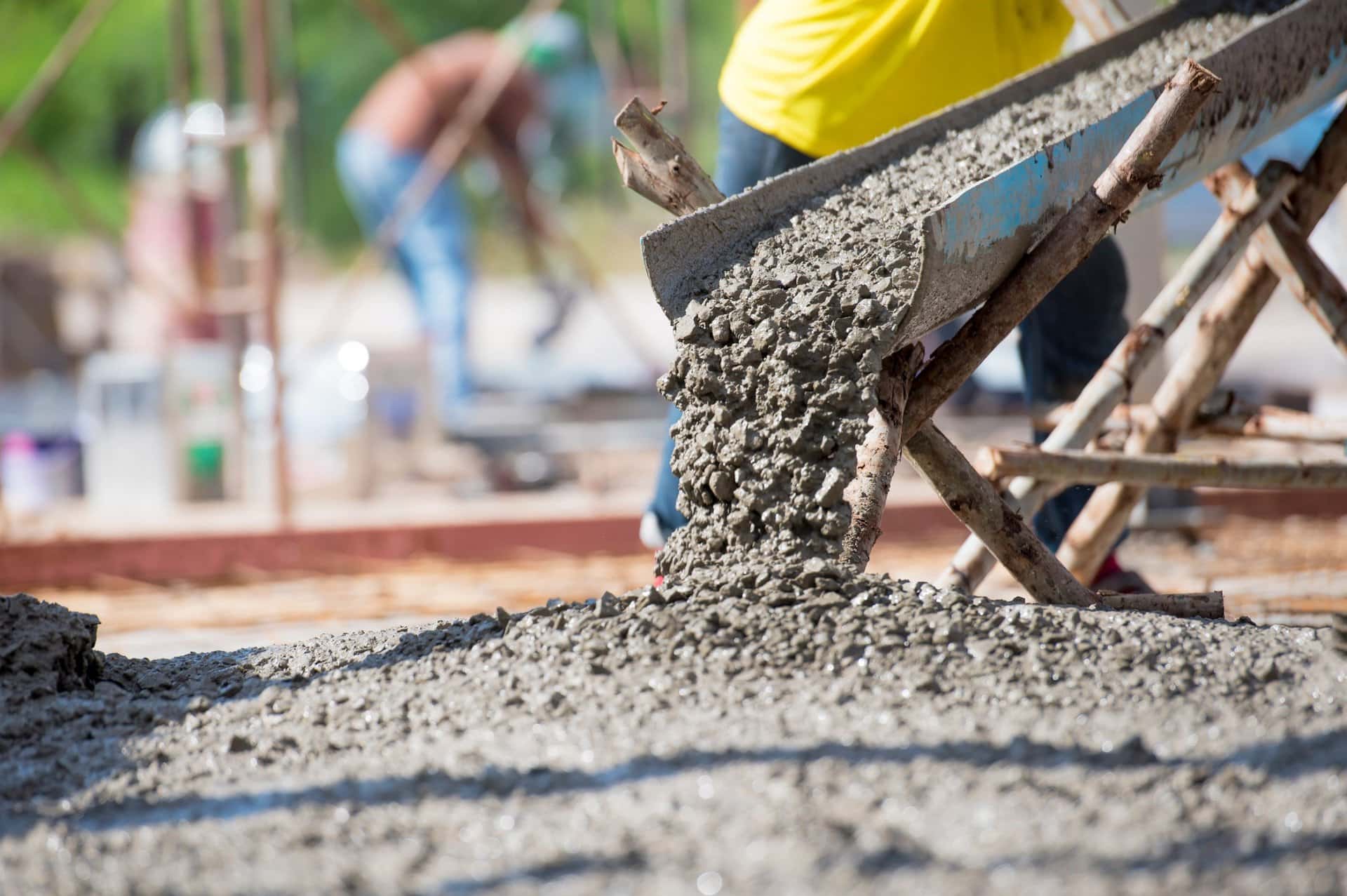By Jack Aspenson, S3 Surface Solutions

There has never been a more challenging time to succeed in construction. With materials like cement in short supply, combined with the impact of ongoing skilled labor shortages and increased demand for construction projects, many are finding themselves on allocation with even their most long-term, trusted suppliers.
The good news is that tough times often spur new product development and adoption. Many innovative technologies are being created today that can offset the dependence on certain materials, as well as reduce project costs and inefficiencies. Even if trying new technologies was cost-prohibitive for your business in the past, materials that are readily available now and help you work faster are likely a more cost-effective choice.
If you’re feeling the pinch of material shortages, now is the ideal time to look for alternative options to traditional portland and prove out their capabilities, as well as new approaches that could boost your efficiency.
Follow these three strategies for navigating the strained supply chain:

Substitute Traditional Concrete with Greener Products
Concrete is one of the most widely consumed materials globally (third only to water and air), accounting for around 8% of the world’s CO2 emissions. Though it’s only a small fraction of the concrete mixture, portland cement contributes 80 to 90% of concrete’s CO2 emissions. However, there are many alternatives to straight portland cement available on the market today that reduce concrete’s carbon footprint.
A leading method for creating greener concrete is CO2 sequestration, a process that converts CO2 into a mineral that’s trapped in the concrete permanently and offers even greater compressive strength. In addition, there are new technologies that reformulate cement with materials that allow manufacturers to use less portland. One exciting up-and-coming technology utilizes geopolymers as an alternative to portland cement, substituting it with materials such as fly ash or other non-gypsum-based minerals to reduce the environmental impact.
When a cement shortage is delaying your projects, opting for a greener concrete that’s available now will help you get back in business faster. Many of these technologies are not widely used yet, but they will become even more common and cost-effective as more contractors adopt them. Plus, building relationships with reduced-carbon concrete suppliers now might put you ahead of the competition once others inevitably move to environmentally friendly options.
Implement Multi-Use Products
Using products with multiple benefits may not solve material shortages. Still, it can help mitigate the impact it has on your project timelines and budget by cutting multiple, time-consuming steps down to one.
For example, look for versatile solutions such as:
- A cure and seal that also waterproofs and creates an internal moisture membrane, strengthening concrete while giving it longevity.
- A product that bonds to concrete without requiring a new moisture-vapor membrane or “vapor retarder” (for trench filling).
- Fibers that would offer more strength while providing more square yards of concrete. (Known as “fuzzy concrete,” incorporating materials such as nylon, metal or basalt can actually increase compressive strength and elongation while providing resistance to cracking.)

Choose Local Suppliers and Materials
When you partner with local, domestic suppliers who aren’t dependent on international ingredients, it will give you the confidence of having just-in-time flexibility, as well as the ability to potentially buy ahead and amass a “safety stock” of your critical components.
Though sourcing materials internationally may be the cheaper option, as the recent supply chain crisis has shown us, you might be unable to get them when you need them – and then find yourself paying for a more expensive option anyway. Instead, look for domestic suppliers as close to your location as possible to cut down on transportation expenses, and then build any extra costs into your project estimates.
While the supply chain has posed many challenges, it has also opened the door for the adoption of innovative new technologies and approaches that will help to move the construction industry forward. Contractors that seize this opportunity to embrace alternatives and adapt to the needs of the moment will set their businesses up for future success.
Jack Aspenson is the CEO and president of S3 Surface Solutions, a disruptive, client-driven organization that focuses on providing environmentally friendly, simple surface systems that are long-lasting and cost-effective. With more than 25 years of experience in entrepreneurial business development, consulting, and sales management, Jack knows how to develop a competitive advantage.
